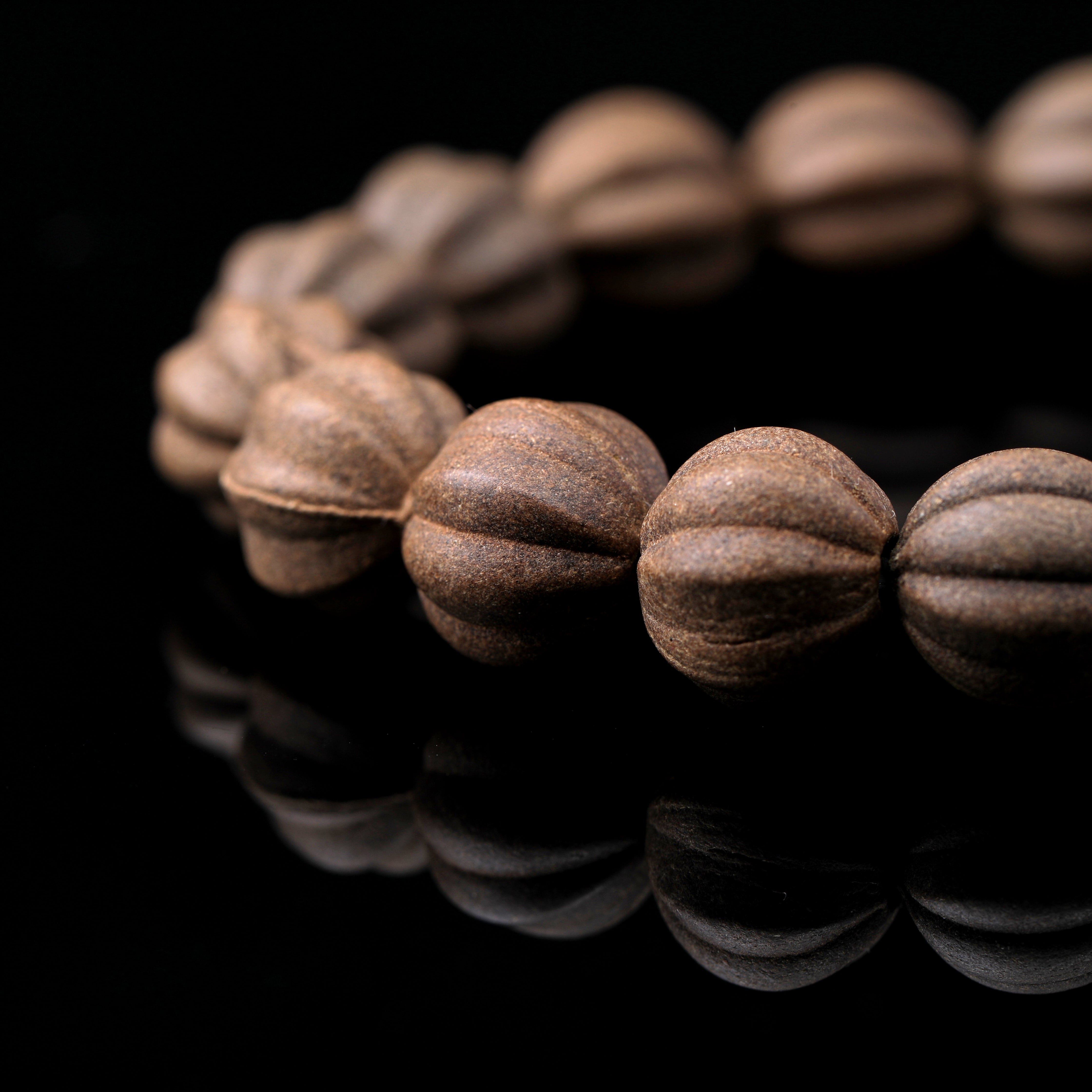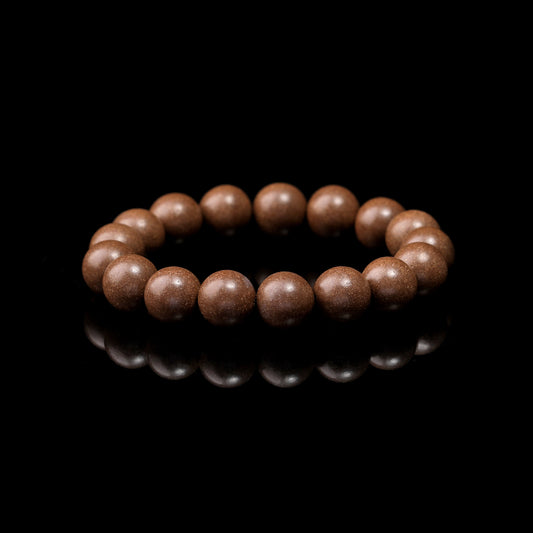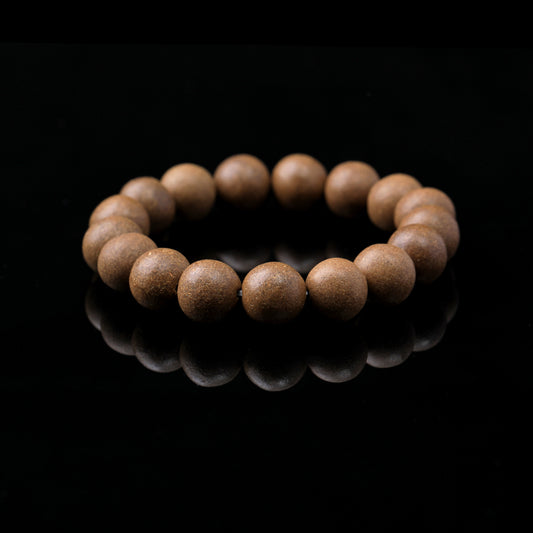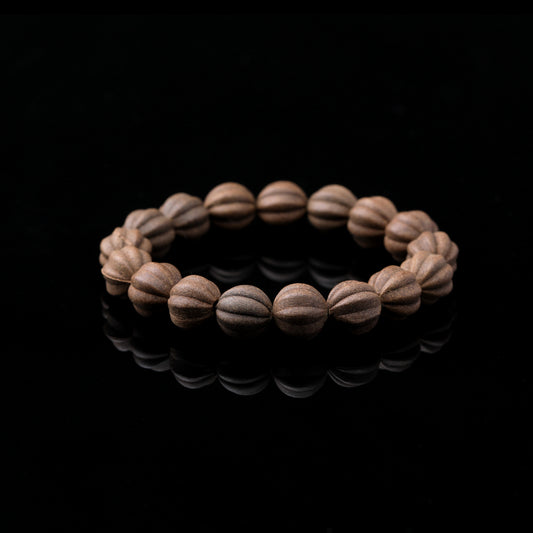The Compendium of Materia Medica
I. Main Content and Structure
1. Grand Scale
· Comprising 52 volumes, the text catalogs 1,892 medicinal substances (including 374 newly identified entries), 11,096 attached prescriptions, and 1,160 illustrations.
· Organized into a rigorous system: 16 categories (e.g., Water, Fire, Earth, Metals/Minerals, Herbs, Grains, Vegetables, Fruits, Woods, Insects, Scaled Animals, Shelled Animals, Birds, Beasts, Humans) and 60 subcategories.
2. Scientific Classification of Medicinal Substances
· Broke from traditional taxonomies by categorizing substances according to natural properties (e.g., plant, animal, mineral) and ecological characteristics, foreshadowing modern natural history methods.
· Examples: Herbs subdivided into mountain herbs, aromatic herbs, poisonous herbs; animals sequenced from lower to higher organisms.
3. Comprehensive Documentation
· Each substance features dedicated entries:
- Etymology (释名): Nomenclature/term origin
- Collected Explanations(集解): Geographic distribution & morphology
- Processing Methods(修治): Preparation techniques
- Medicinal Properties(药性): e.g., nature, flavor
- Therapeutic Applications (治病): Clinical efficacy
- Author’s Insights (发明): Li Shizhen’s original commentaries
II. Historical Significance
1. The Culmination of Traditional Chinese Medicine
· Systematically synthesized pre-16th century Chinese pharmacological achievements, rectifying historical inaccuracies (e.g., correcting the misidentification of “orchids” as medicinal herbs).
· Emphasized treatment based on syndrome differentiation, highlighting herb compatibility and contraindications.
2. Scientific Impact Beyond Medicine
· Pioneered interdisciplinary studies across botany, zoology, mineralogy, and chemistry (e.g., using distillation to extract essential oils).
· Cited by Charles Darwin in The Variation of Animals and Plants Under Domestication as an “ancient Chinese encyclopedia”.
3. Enduring Global Influence
· Translated into over twenty languages (Japanese, Korean, Latin, English, French, German, etc.), enabling worldwide dissemination.
· Remains a foundational reference for modern traditional Chinese medicine research and practice.
III. Anecdotes and Controversies
· Li Shizhen’s Dedication:
To verify medicinal effects, he personally tested substances
– such as confirming the anesthetic properties of Datura flowers through self-experimentation.
· Historical Limitations:
Some entries reflect pre-scientific understanding (e.g., the “Human Body” section prescribing hair and urine for therapeutic use).
·Modern Scientific Validation:
In 2015, Nobel Laureate Tu Youyou credited the Compendium of Materia Medica for inspiring her extraction of artemisinin from sweet wormwood (Artemisia annua), a breakthrough antimalarial compound.










